Designing an electric toothbrush for older adults is a systems problem: you must combine head geometry, drive tuning, sensing, ergonomics, and verification so the device cleans well without aggravating sensitive elderly gums. A purposeful Gentle senior brush does exactly that — it reduces tissue trauma, supports caregivers, and lowers warranty/support friction for suppliers and channels. Below are six manufacturer-ready dimensions that show what to build, how to test it, and how to take it to market.
First, the head touches tissue every use, so its design is critical:
Moreover, drive system choices decide whether energy is helpful or harmful:
Furthermore, sensing is a multiplier for safety:
Also, older adults and caregivers need a device that’s simple and comfortable:
Moreover, long-term safety depends on material and manufacturing choices:
Finally, back the product with evidence and conservative messaging:
Conclusion:
A well-engineered Gentle senior brush protects sensitive elderly gums by combining soft head design, tuned drive profiles, active sensing, accessible ergonomics, robust materials, and proven validation. For manufacturers, this approach reduces returns, improves clinician adoption, and creates a defensible premium SKU that genuinely improves elder oral-care outcomes — without making medical claims you can’t prove.
If you’d like, I can convert this into a two-page technical appendix (recommended filament specs, sensor thresholds, firmware state machine, test protocols, and a pilot study outline) so your engineering and clinical partners can begin prototyping immediately. Contact us
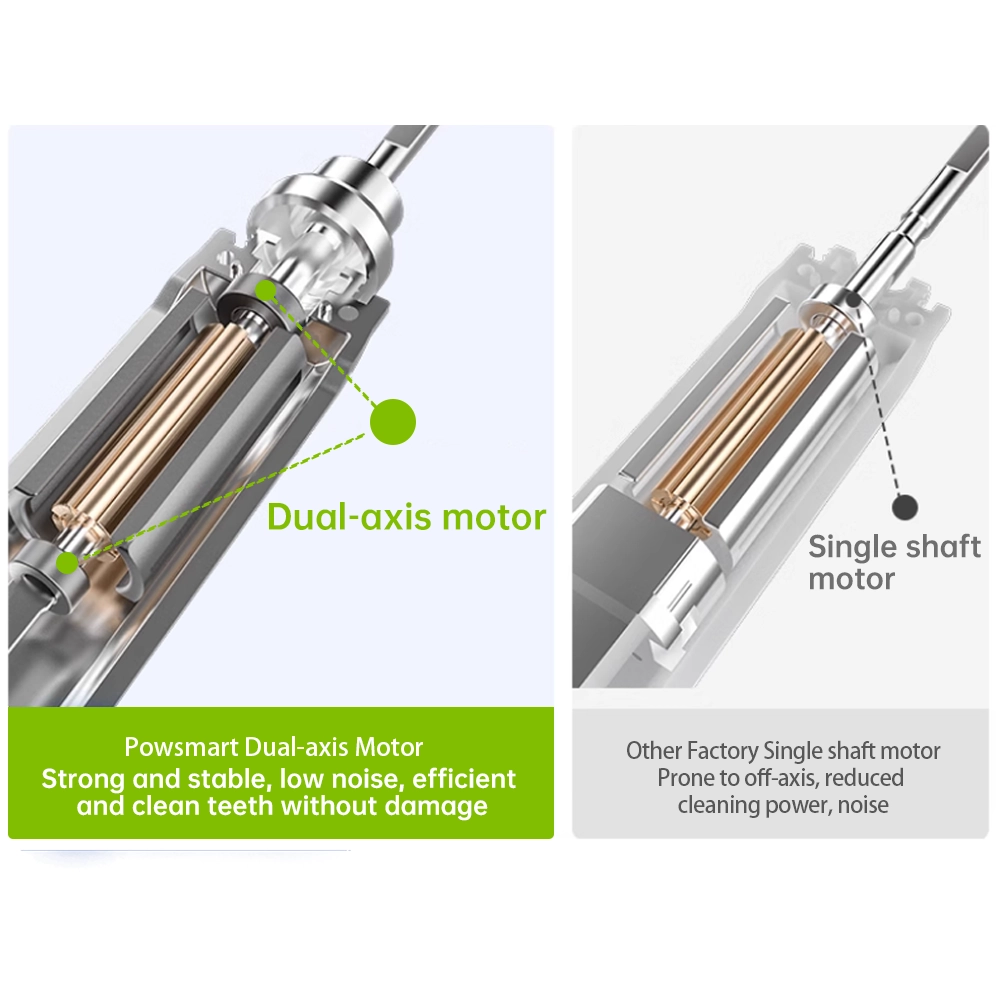
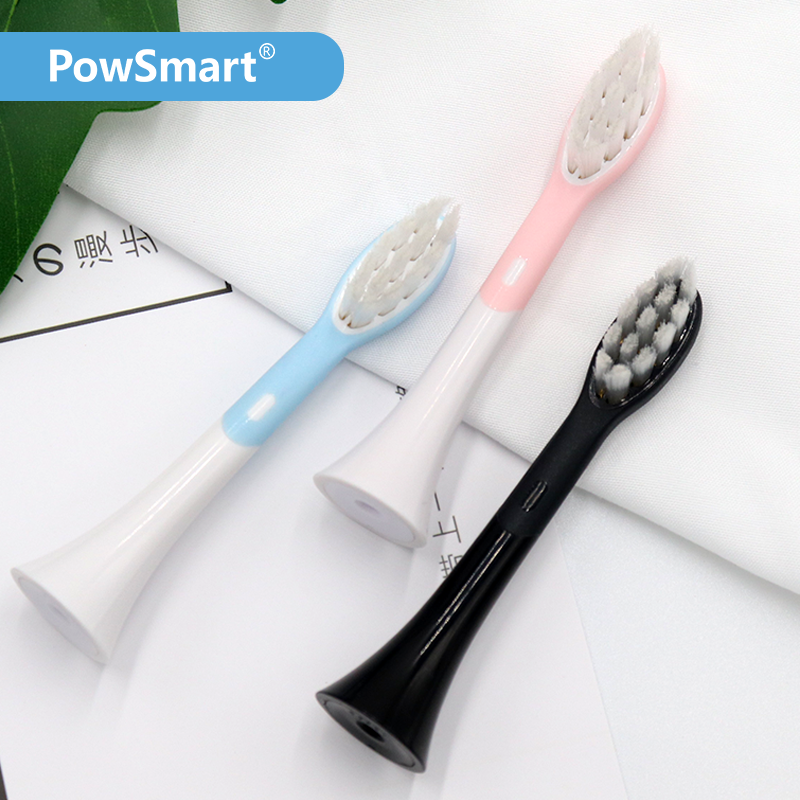
Are Electric Toothbrush Heads Universal?
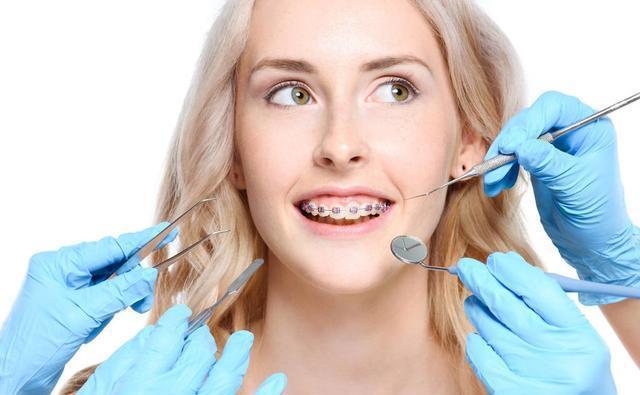
How to Keep Teeth Clean with Braces: A Complete Care Guide
Traditional Values Modern Electric Toothbrush India
.jpg)
A Complete Guide to OEM Customization of Electric Toothbrushes: From LOGO Printing to Core Function Development

Best Dentist-Recommended Braces Cleaning Products for Braces Wearers
Why Does Your Electric Toothbrush Have Battery Corrosion Issues and Charging Base Failure?
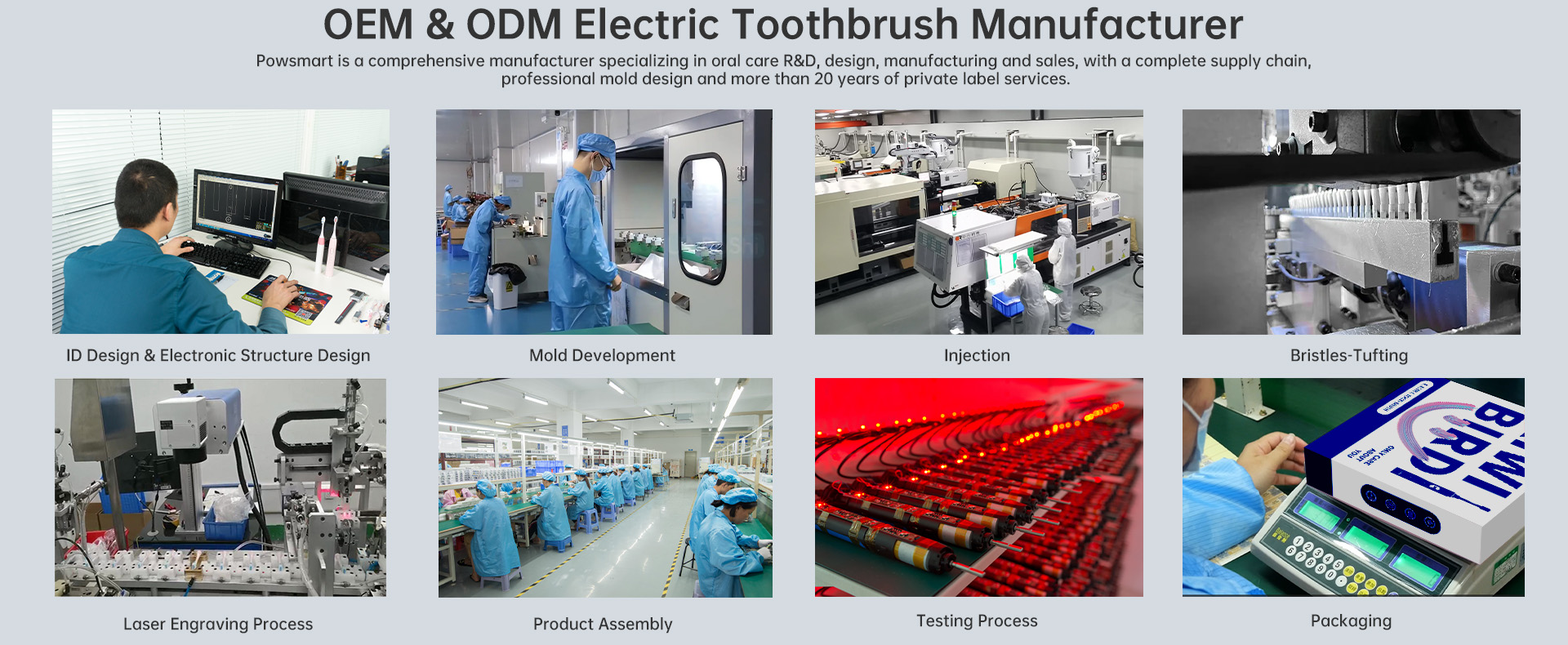
Motor Lifespan Matters! Importance of Premium Electric Toothbrush Durability
Simple One Button Electric Toothbrush for Senior Citizens Pune
Why Should Restricted Users Avoid Stain Residuals?
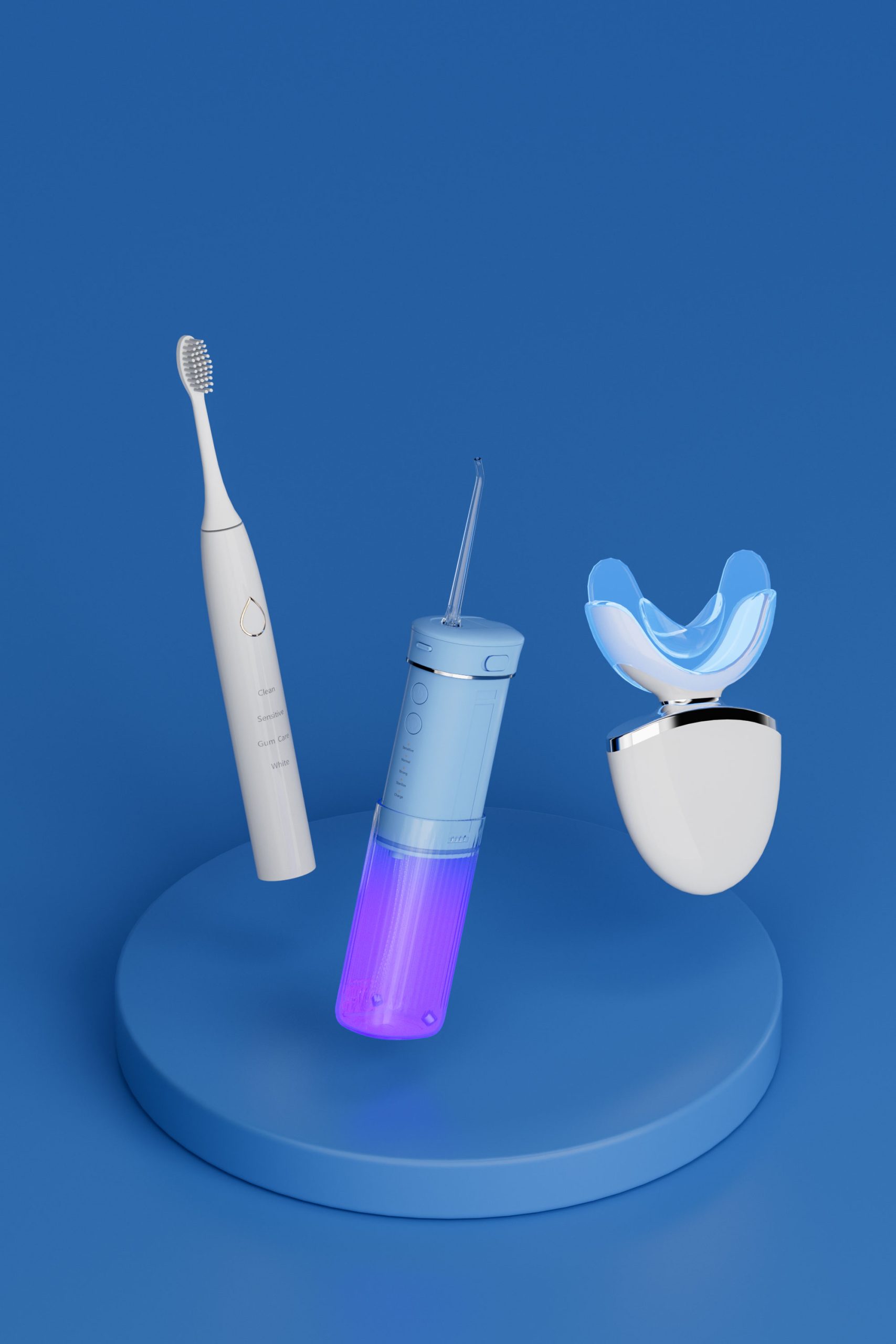
Benefits of Red & Blue Light Technology in Professional Teeth Whitening Kits
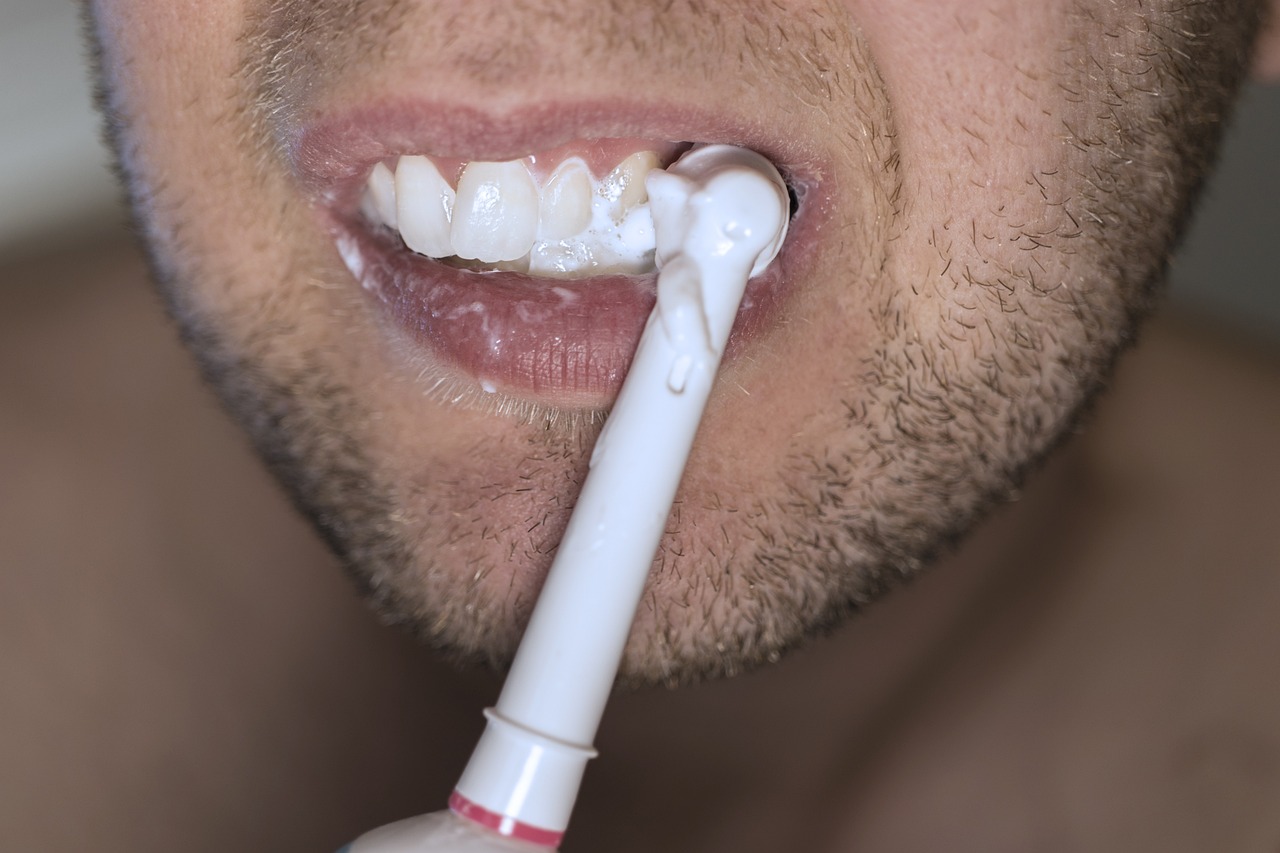
Is the Electric Toothbrush Market Growing?
Pregnancy Contraindications & Noise Level Concerns: Safe?
.jpg)
Smart Electric Toothbrush Manufacturing: How to Choose the Best OEM Partner
Why Dentist Consultations Mitigate Home Treatment Risks?

Chicago ADA toothbrush or Chicago clinic toothbrush — which to buy?
Discover a Great Reason to Switch to an Electric Toothbrush

electric toothbrush heads Charcoal Infuse-Round
.jpg)
Florida Electric Toothbrush – Powsmart PTR-C8

Private Label Whitening Gel

Customization Teeth Whitening Gel

electric toothbrush heads Deep Clean

Electric toothbrush heads Charcoal Infused-Diamond

electric toothbrush heads Regular Clean

electric toothbrush heads Ultra Soft
whstapp
whstapp
National Toll-Free Service Hotline
+86 755 86238638